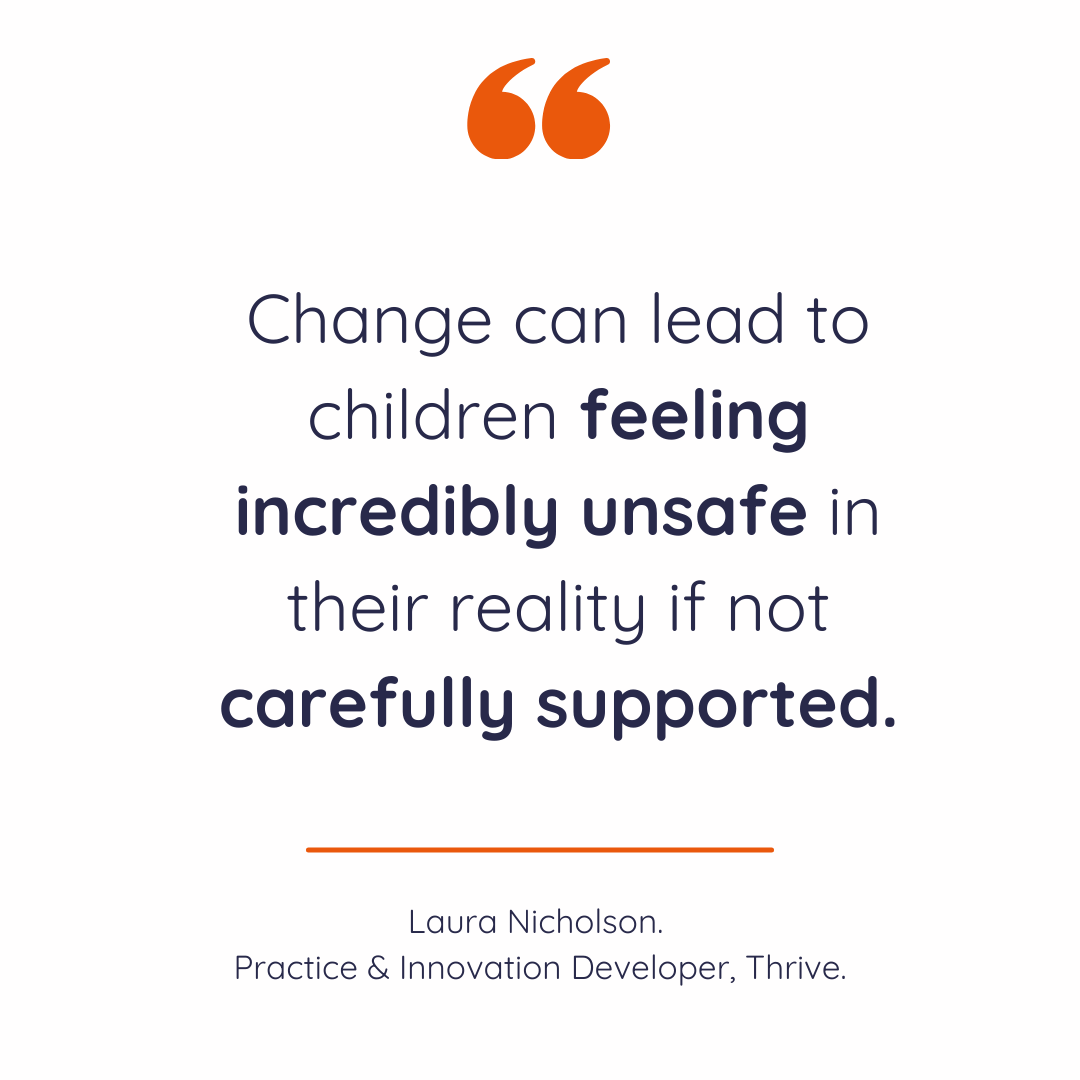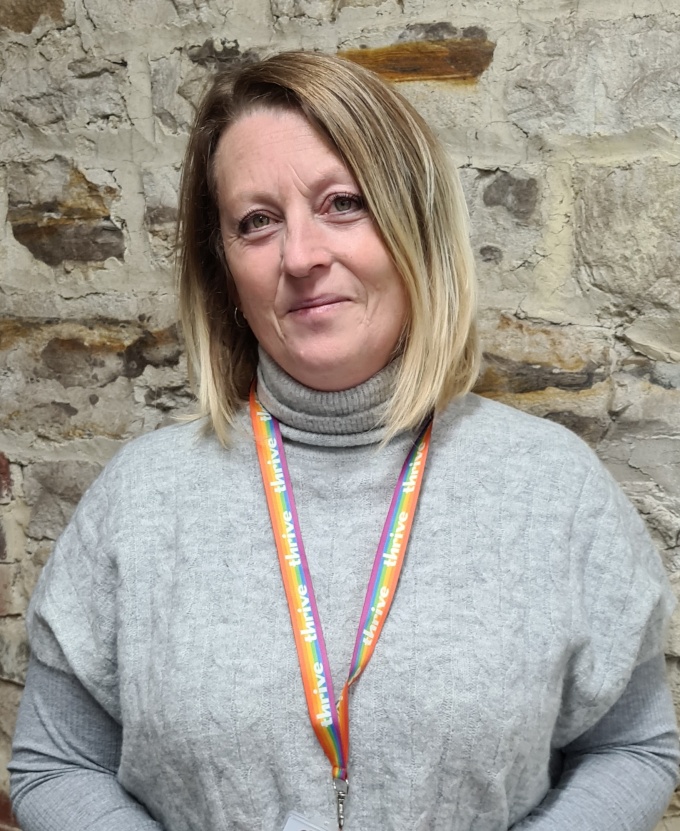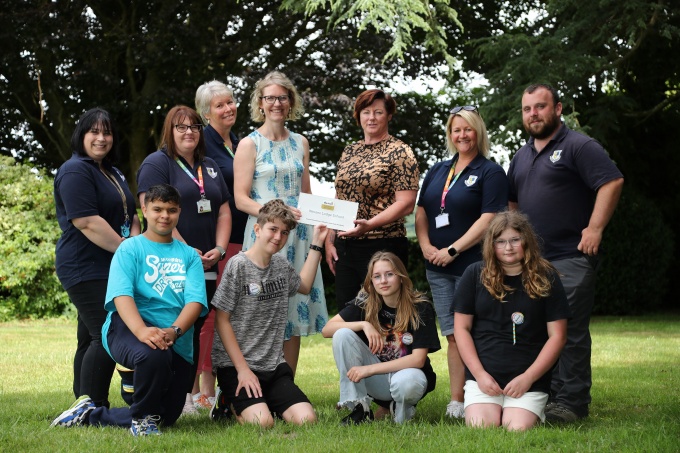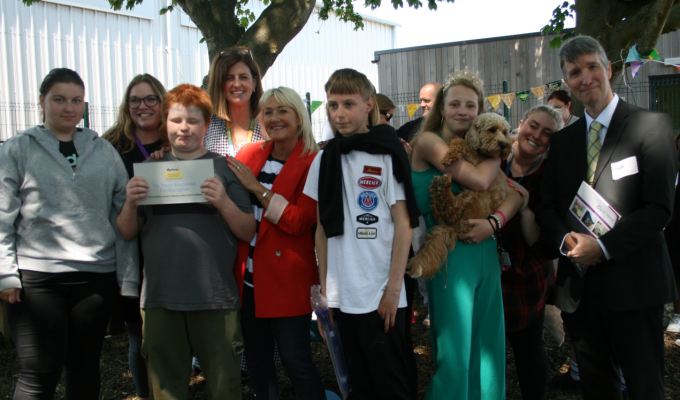Laura Nicholson, Practice & Innovation Developer at Thrive and parent of an autistic child, shares why transitions can be particularly challenging for autistic pupils - and offers practical strategies to support them as they move into the new academic year.
As we approach the end of the school year, many children and young people are preparing for significant changes, whether that’s moving up a year group, transitioning to a new teacher, or making the jump from primary to secondary school. For autistic pupils, these transitions can feel less like exciting milestones and more like unpredictable leaps into the unknown.
Having spent over a decade in primary education, working closely with autistic children, and as a parent of an autistic child, I’ve seen first-hand how change can lead to children feeling incredibly unsafe in their reality if not carefully supported.
Why transitions can be so challenging for autistic pupils
Many autistic pupils struggle with imagining new realities. This can make even thinking about a future event, like a move to a secondary school, overwhelming and distressing. Their current environment is often their anchor, so when their structure changes, it can often feel deeply unsettling.
Some pupils experience prediction error. This is part of executive functioning – a skill set we use to plan, organise, and manage change. But for some autistic individuals, prediction error can be more prevalent. They may develop a firm belief that something will happen a certain way, and when it doesn’t, it can completely destabilise their sense of safety.
It’s not just the event itself – it’s the mismatch between their internal prediction and external reality that can feel so disorientating.

Why adult expectations can unintentionally amplify anxiety
Sometimes, unintentionally, it’s our assumptions, as adults, that add to a child or young person’s stress. We may expect that because a pupil coped well with one transition last year, they’ll manage again this time. Or we may assume that offering the same visual timetable or school visit will suffice.
But the truth is, when you’ve met one autistic person, you’ve met just that one autistic person. No two young people experience change in the same way, and what worked before may not work again. That’s why planning must be bespoke, flexible and grounded in what we know about each of them.
Practical ways to support transitions
• Create transition stories together – personalised, visual stories that explain exactly what will happen, using the child or young person’s own language, interests and perspective.
• Use real-world anchors – visits to new classrooms or buildings, meeting new staff, or even video walk-throughs can help build a more predictable mental map.
• Avoid overloading with information – some children and young people benefit from knowing every detail. Others need it chunked in small, manageable doses.
• Support autonomy and control – allow choices within the transition process, like which bag to bring on the first day or how to mark off the countdown on a calendar.
.png)
In our upcoming webinar, Supporting the wellbeing of autistic children in the mainstream classroom, we’ll be diving deeper into how we can create more inclusive, sensory-friendly environments, and explore how strategies like these can help pupils navigate emotional regulation, peer relationships, and transitions.
We’re connecting online between 4:00pm and 4:45pm on Wednesday 9th July. Can’t join live? Sign up anyway and we’ll share the recording.
Pass it on
Small actions can lead to a big ripple effect. If you enjoyed this post or found it helpful, please consider supporting us in our mission to help every child and young person feel safe, supported and ready to learn by sharing it using the social media buttons below.
Want to join a like-minded community of senior leaders and classroom staff benefitting from insights and strategies to improve attendance, behaviour and attainment? Add your email address below. (It’s easy to unsubscribe).



_680.jpg)


